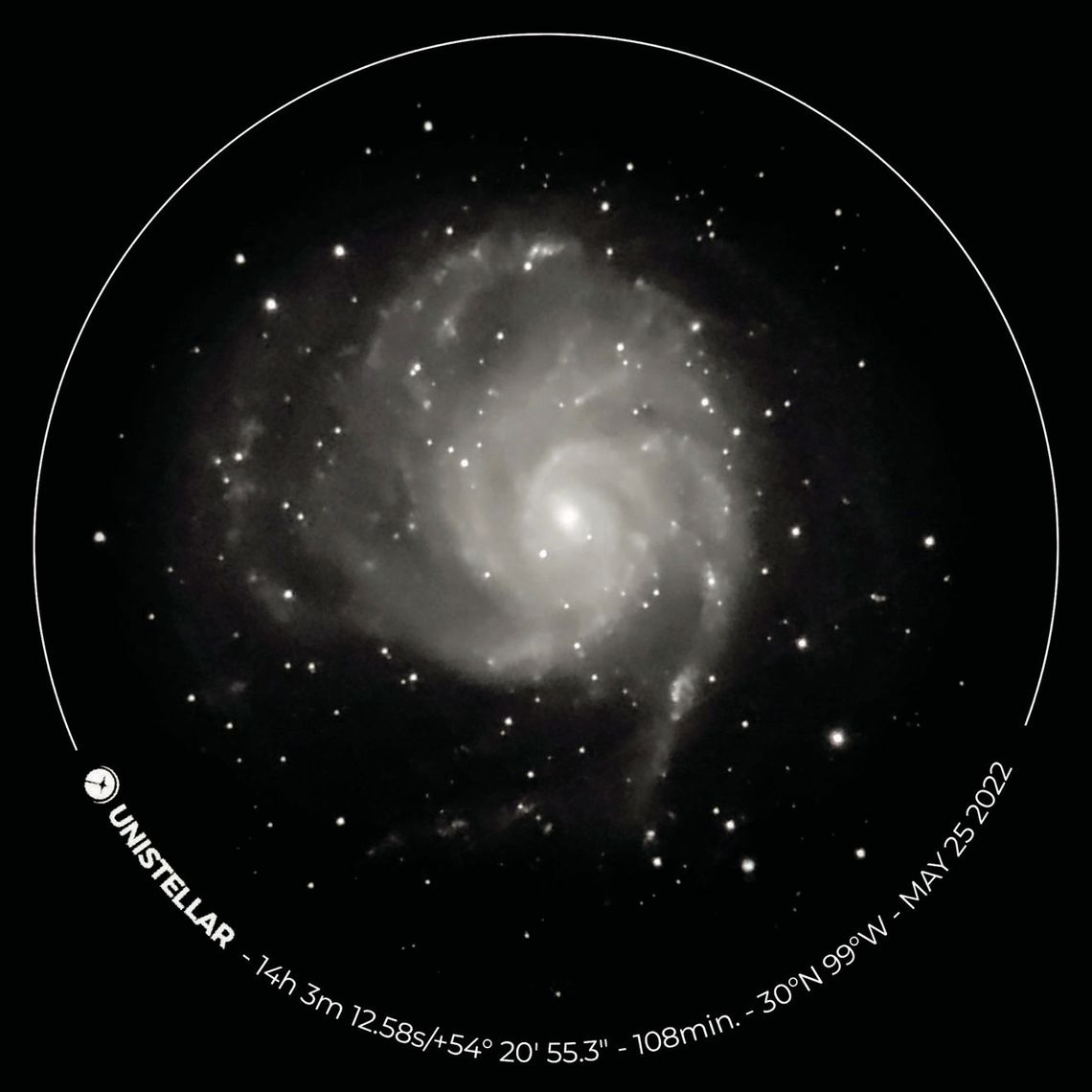Gosh time sure does fly. How did it get to be May so quickly? It’s like the 4 minutes of totality on April 8, which seemed to only take 4 seconds.
That’s a good example of relativity. A fine quote from Albert Einstein is, “When you sit with a pretty girl for an hour, you think it’s only been a minute. But when you sit on a hot stove for a minute, you think it’s been an hour.”
That’s relativity and illustrates the concept of time perception as Einstein tells in his frequently humorous way, comparing the relative passage of time with enjoyable or unpleasant experiences.
The theory of relativity is a fundamental principle in physics, developed by Einstein, that revolutionized our understanding of space, time and gravity.
SPEED. The speed of light in a vacuum — space — is the ultimate speed limit in the universe. However, we may find ways to circumvent this law to allow faster than light travel.
TIME slows down for objects as they move nearing light speed relative to an observer on Earth, i.e. space travelers moving very fast actually age much slower than their relatives back at home.
GRAVITY. Massive objects such as planets and stars cause spacetime to curve. This curvature affects the motion of objects which we perceive as gravity. It’s what holds us on the Earth instead of floating away.
Many technologies that we now take for granted couldn’t exist without the theory of relativity.
One example is GPT (global positioning) tech in our cars and satellites. Satellites in orbit experience less gravitational pull, leading to time dilation.
Satellite clocks run slightly faster than clocks on the ground and this must be accounted for to ensure precise GPS navigation — which, again, is a proof of Einstein’s theory.
OK, now to backyard astronomy. There are galaxies visible year round but there are many more visible from March through mid-June. This is the Realm of the Galaxies.
At this time of year at night, we’re looking out at the edge of our galaxy instead of inward towards the center. Because of that there is far less galactic dust and gas to block our view of distant galaxies.
I took the accompanying photo of M101, otherwise known as the Pinwheel Galaxy, on May 25, 2022. It’s a face-on spiral located in Ursa Major (the Big Dipper). It’s 21 million light years distant.
It was discovered by Frenchman Charles Messier in 1781. It’s 170K light years in diameter, making it significantly larger than our Milky Way.
It’s of interest to astronomers due to its size, structure and relative closeness to our galaxy. Not only is it beautiful, but it also provides great insights into the processes of galaxy formation and evolution.
Things to look for in May: THE NEW MOON, not visible in the night sky, is May 6-8. This is the time to get your telescope out and view/image those faint galaxies.
FIRST QUARTER MOON
is May 15 and will make a pretty photo through your telescope.
FULL MOON, visible all night in the sky, is May 21-23. On May 23, the moon has a close encounter with Antares in Scorpius. The moon will be full and very close to this bright, red star. Good time to view it with binoculars.
LAST QUARTER MOON is May 28 which means it rises at approximately midnight.
Mighty Jupiter is hiding behind the sun all month and will be a morning object when it re-emerges on the other side.

NIGHT SKIES







Comment
Comments